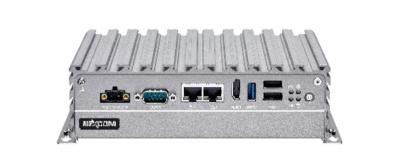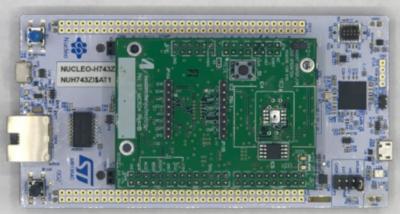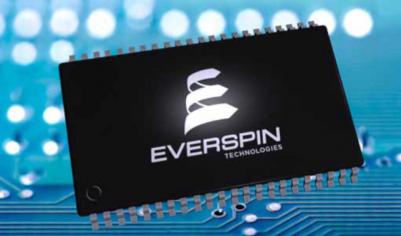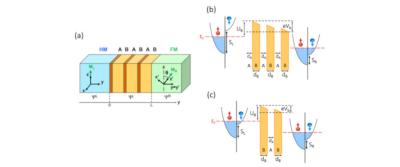NexAIoT adopts Avalanche's STT-MRAM in its latest industrial computers
pMTJ STT-MRAM developer Avalanche Technology announced that NexAIoT has adopted the company's 8Mbit MRAM (P-SRAM) products in its new fanless NISE & NIFE series industrial computers.

NexAIoT says that Avalanche's P-SRAM non-volatile memory provides the performance and reliability needed for its computers. The P-SRAM helps prevent data loss during power failures.






